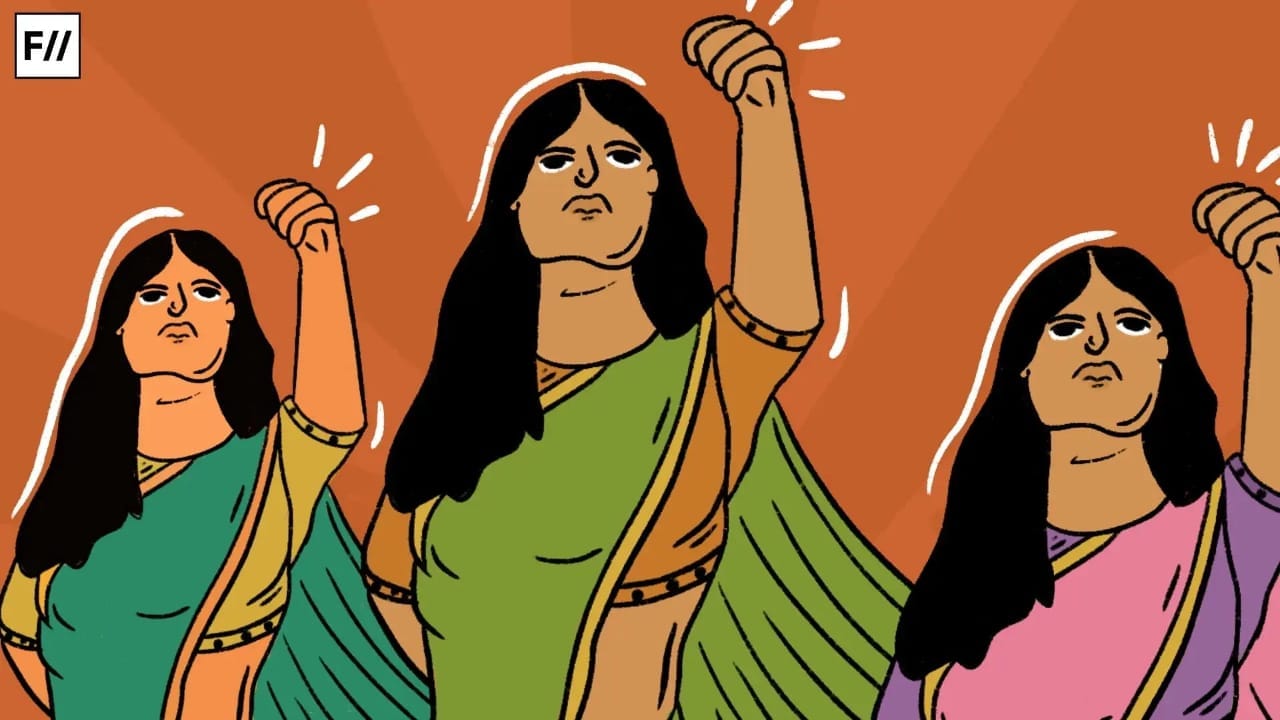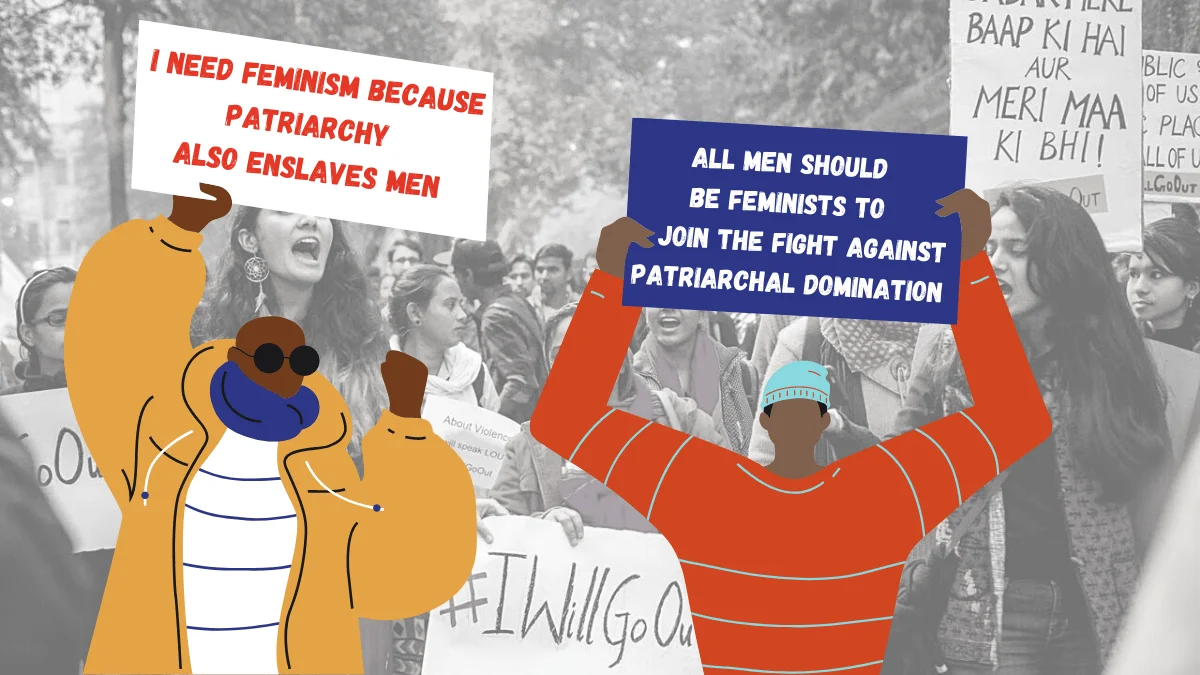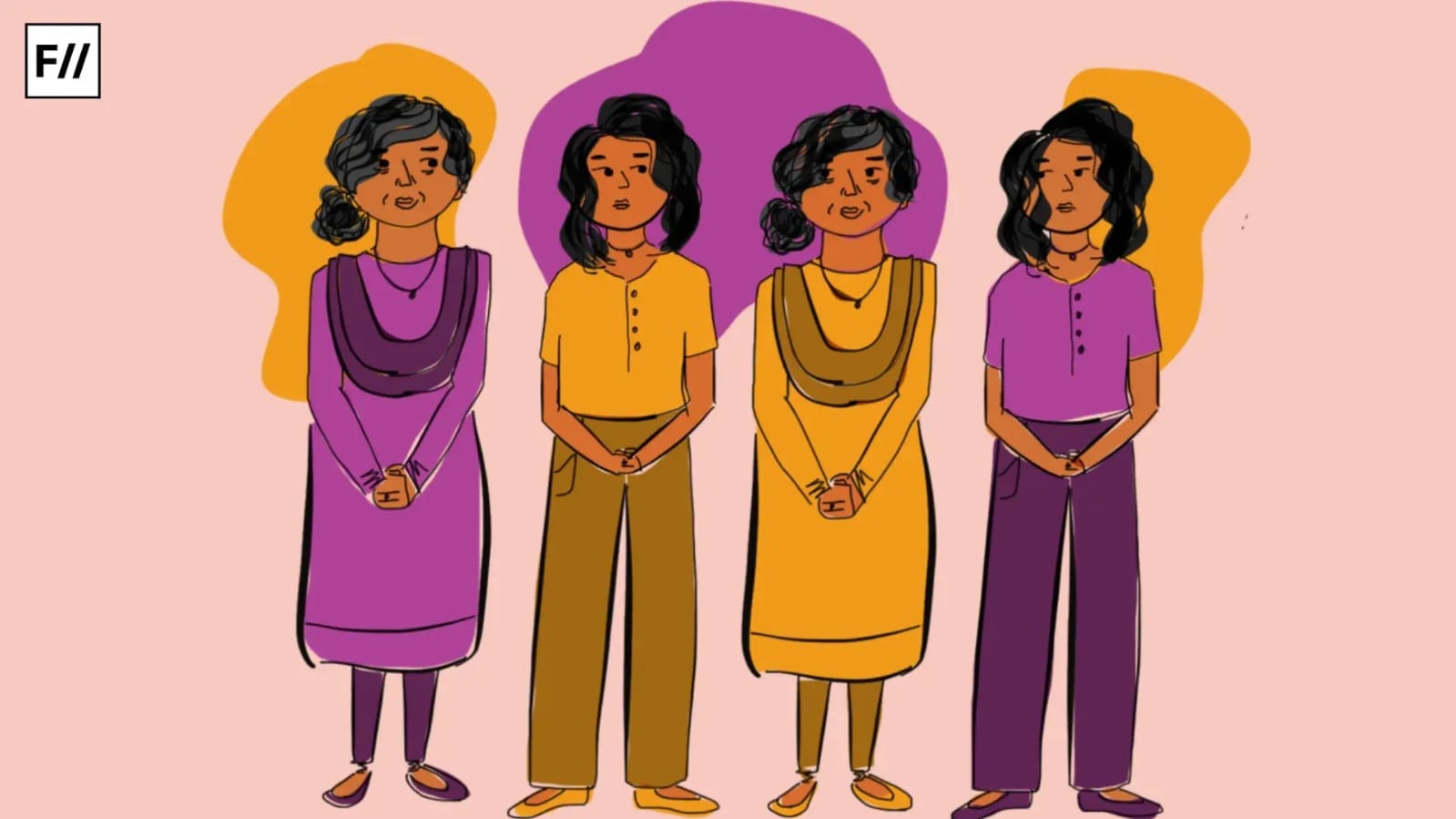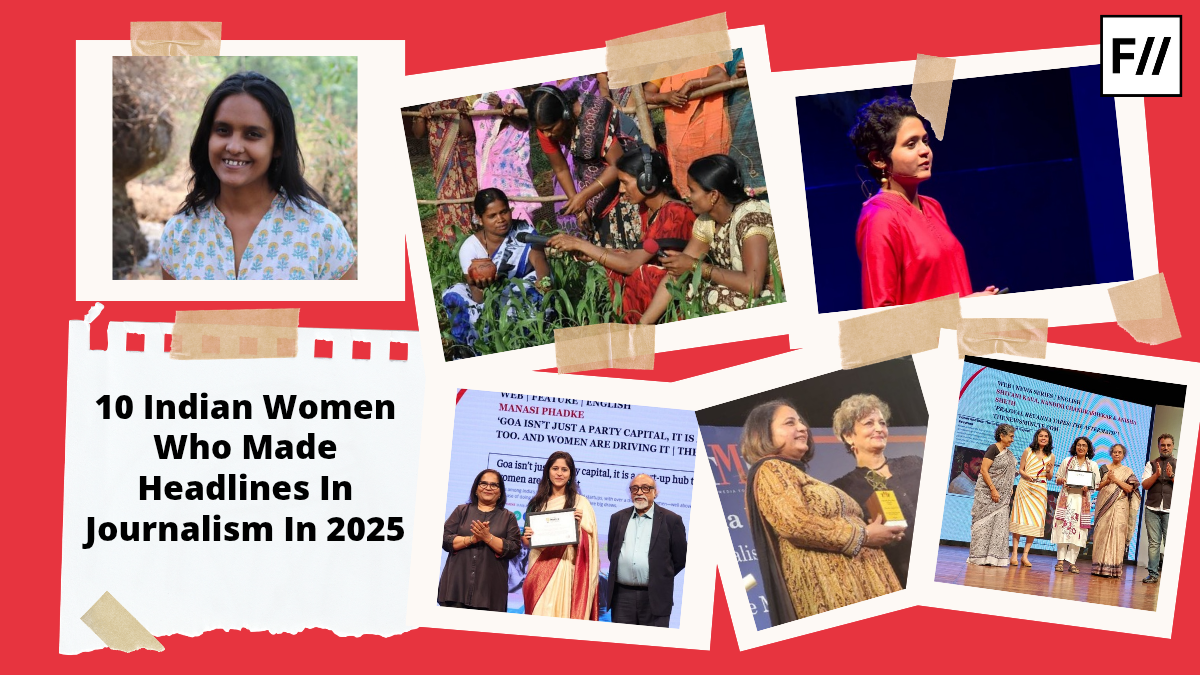In a quiet but long-overdue reckoning with India’s institutionalised gender hierarchies, the Society for Elimination of Rural Poverty (SERP) in Telangana is doing something radical: training its male staff in gender sensitisation.
For decades, the work around gender has been synonymous with outreach, something performed for women, rarely by or with the men who administer the state. SERP’s initiative, however, turns the lens inward. In a development landscape long structured by male dominance, bureaucratically and ideologically, this move dares to ask a foundational question: can you talk about women’s empowerment without interrogating the men who hold the levers of power?
Born out of Indira Kranthi Patham (IKP), a state-wide poverty alleviation programme launched in the early 2000s with support from the World Bank, it sought to redraw the contours of rural economy by organising women into Self-Help Groups (SHGs). Through collective financial inclusion, these groups were designed to be instruments of credit access and microeconomic resilience.
Over time, these SHGs metamorphosed into crucibles of social transformation. Around 2005, they gave rise to Social Action Committees (SACs), village-level bodies of trained women to mediate domestic violence, child marriage, and other crises.

As SACs took root, it became increasingly clear that for them to function effectively, male staff working alongside them needed a shared understanding of gendered violence, systemic inequality, and the everyday denial of rights
Beyond the women’s desk
Much of India’s policy language has focused on doing things for women: financial inclusion, maternal health, education drives. Yet the institutions tasked with delivering these programs often remain untouched by the very patriarchal norms they aim to dismantle. Public institutions, especially in rural governance, are overwhelmingly male, shaped by unexamined gender assumptions and rarely held accountable for the outcomes they claim to serve.
Which makes SERP’s decision all the more significant. By bringing male staff into the orbit of sensitisation training backed by legal frameworks, psycho-social case studies, and intersectional pedagogy it is attempting to include understanding of gender as an ethic of governance.
A report from the Asian Development Bank ADB published last year in 2024, explicitly recommends gender programming that includes men as essential to meaningful transformation. Male staff trained to recognise how violence, neglect, and entitlement are socially patterned—not personal failings are far better equipped to support SACs. They can act not as passive implementers, but as active allies in mediating violence, improving access to welfare, and reshaping the ground on which rural women fight for dignity.
They can act not as passive implementers, but as active allies in mediating violence, improving access to welfare, and reshaping the ground on which rural women fight for dignity.
By internalising gender equity within its own workforce, SERP aims to synchronise institutional behaviour with its field-level mission. SACs are backed at village, mandal, and district levels with legal and psycho-social training for mediation. This training focuses on structural issues, gender-based violence, family-level inequities, and denial of women’s rights, using data and case studies to cultivate empathy and understanding among male staff.

Male staff, when sensitised, can better support these committees by addressing violence prevention, child nutrition, and welfare access. The trainings are reportedly structured around statistics and real-life scenarios to foster empathy and awareness among male colleagues implying a considered, evidence-driven design, not a knee-jerk response.
Where do we go from here?
But some important questions remain. Is a one-time training enough, or should gender awareness be a permanent condition of public service? Will leadership be held accountable, or will this remain a boutique initiative divorced from hiring, evaluation, or team culture?
Moreover, will the training confront intersectionality, the layered ways caste, class, education, and sexuality mediate gendered experience? A Dalit woman fieldworker’s silence carries a different weight than her Savarna colleague’s dissent. A queer male staffer may be both victim and perpetrator of exclusion in such systems. Without that nuance, sensitisation becomes surface-level. It risks becoming tokenistic.
India is no stranger to gender training for men but the efforts remain scattered, siloed, and short-lived. For example, in Mahbubnagar district, Telangana, a 2017 “Gender Fellowship for Constable Officers” partnered with People for Parity to train male constables in empathetic interviewing, gender awareness, and violence response was launched. However, there are no public reports indicating that Telangana police institutionalised gender-sensitivity modules in routine training after the pilot. Likewise, in Delhi and Haryana, UN Women–supported modules trained police supervisors in gender justice and legal literacy. While participants reported increased understanding, there was no accompanying departmental reform, leadership structures and incentive systems remained quiescent, ultimately blunting the impact.
While participants reported increased understanding, there was no accompanying departmental reform, leadership structures and incentive systems remained quiescent, ultimately blunting the impact.
Without reinforcement, institutional embedding, and leadership alignment, attitudes relapse, and systems revert.
The budgeting blind spot in gender
Meanwhile, India’s gender budget, introduced in 2005 with great promise, has rarely been used to reform institutions. As of FY 2024–25, only 4.9% of total government expenditure is gender-tagged, and most of it funds schemes for women and does not address systemic transformation.

This budget can be used for recurring gender training for male civil servants, building metrics for inclusion in hiring, promotions, and leadership and may even create intersectional grievance redressal systems. What India lacks is not money, but the mandate to spend it differently.
The case for a national framework to combat gender disparities
Canada’s GBA+ model requires every federal department to analyse gender impacts, not just in service delivery, but in internal staffing, budgeting, and decision-making. Sweden audits public bodies for gender equity. Rwanda has a Gender Monitoring Office reporting directly to Parliament.
And India?
Here, work around gender remains an “initiative,” a “project,” or worse, an NGO partner’s responsibility. There is no national policy that mandates or monitors how male staff—across ministries and states engage with gender.
This must change.
Every state department should be required to conduct internal gender audits, publish annual equity reports and tie leadership reviews to diversity metrics. Because if the people implementing gender justice are themselves immune to its scrutiny, what are we building?
SERP’s move to train men is a meaningful first step. But it must become a system, not a pilot. It must be scaled across mandals and districts. It must embed evaluation, equity metrics, and staff feedback. It must be intersectional. And it must be matched by budgetary backing.
Only then will it have the force to shift not just attitudes, but cultures.
Because if we want to change how gender lives in India, we must change where gender works.
And gender, as it turns out, works everywhere in who speaks first, who interrupts, who gets credit, who is protected, and who is ignored. And if we don’t use gender budgets to unearth that quiet architecture of power, what are we really budgeting for?
About the author(s)
Vanita is a lawyer by training and writes stories at the intersection of business & public policy, law, regulations and building inclusive workplaces. She is a Staff Writer for The Ken.




